Description
NON-CONTACT AC VOLTAGE DETECTOR
• CE approval
• Manufactured according to CAT III (1000V) standard
• AC voltage range: 12-1000V
• Frequency: 50-60Hz
• Alarm mode: Sound and light
• Flash light: white
• With auto power off function
• Probe shape: prolate
• With Low-battery indication
• NCV sensitivity: automatic selection of 3 kinds of
sensitivity (high, medium and low)
• NVC sensitivity indication: 3 kinds of frequency, sound
and LED alarmed
• Battery type: 2×1.5V AAA
• Packing: double blister
| STOCK NO. |
QTY./CARTON |
| 38110 |
60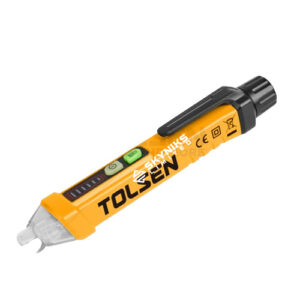 |
A non-contact AC voltage detector, also sometimes called a voltage tester or tick tracer, is a handy tool for electricians, homeowners, and anyone who needs to detect the presence of alternating current (AC) voltage in a wire without making physical contact. Here’s a breakdown of how they work, their advantages and limitations, and safety precautions to consider when using them.
How it Works:
A non-contact AC voltage detector typically has a sensor that picks up on the electric field around a live AC wire. When the detector is placed near a live wire, the electric field induces a small current within the detector itself. This current then activates an indicator light or an audible beep to signal the presence of voltage.
Advantages of Non-Contact AC Voltage Detectors:
- Safety: A major advantage is that you don’t need to physically touch a wire to detect voltage, reducing the risk of electrical shock.
- Convenience: They are quick and easy to use for preliminary checks to identify potentially live wires.
- Non-invasive: They can sometimes detect live wires through walls (depending on the tester and wall material), which can be helpful for troubleshooting without needing to remove wall coverings.
Limitations of Non-Contact AC Voltage Detectors:
- Accuracy: They are not as accurate as contact voltage testers or digital multimeters for measuring actual voltage levels.
- False positives: They may give false positive readings due to stray electrical fields, improper use, or close proximity to other electrical wires.
- Limited information: They typically cannot determine the type of current (beyond AC) or the voltage level.
Safety Precautions:
- Never rely solely on a non-contact voltage detector to determine if a circuit is safe to work on. Always turn off the power and lockout/tagout the circuit before working on any electrical wiring.
- Non-contact voltage detectors should not be used as a substitute for a properly rated voltmeter to measure actual voltage levels.
- Test the voltage detector itself before each use on a known live circuit to verify it is functioning properly.
- Be aware of the limitations of the detector and the potential for false positive readings.
When to Use a Non-Contact AC Voltage Detector:
- Non-contact voltage detectors are a useful tool for preliminary checks before performing electrical work. They can help identify potentially live wires and avoid accidental contact.
- They can also be helpful for troubleshooting electrical issues in appliances or devices.
- Some electricians use them to trace wires behind walls (although for safety reasons, this should not be the only method used to locate wires before drilling or cutting).
Choosing a Non-Contact AC Voltage Detector:
- Consider features: Some detectors have additional features such as flashlights or adjustable sensitivity to help reduce false positives.
- Voltage range: While most are designed for household AC voltage ranges (around 120V), some may have a wider range.
- Ease of use: Look for a detector that is easy to use and interpret the signals (lights or beeps).
Overall, a non-contact AC voltage detector can be a valuable tool for electrical safety and basic troubleshooting. However, it’s important to understand their limitations and use them in conjunction with other safety practices. For accurate voltage measurement and confirmation of a safe working environment, always turn off the power and use a proper electrical tester or multimeter.



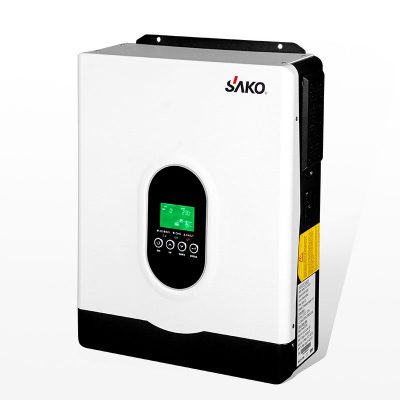
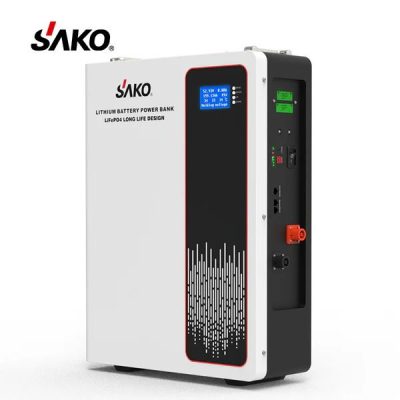

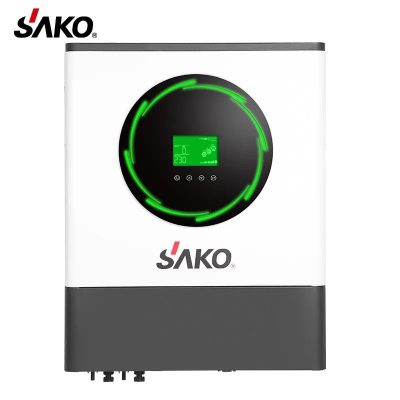
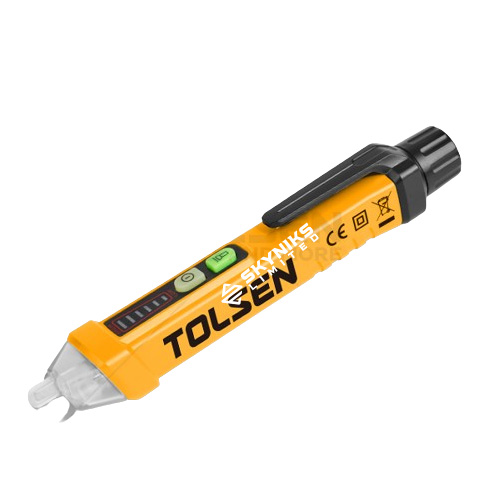




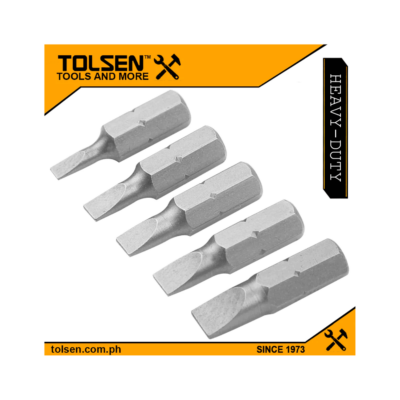


Reviews
There are no reviews yet.